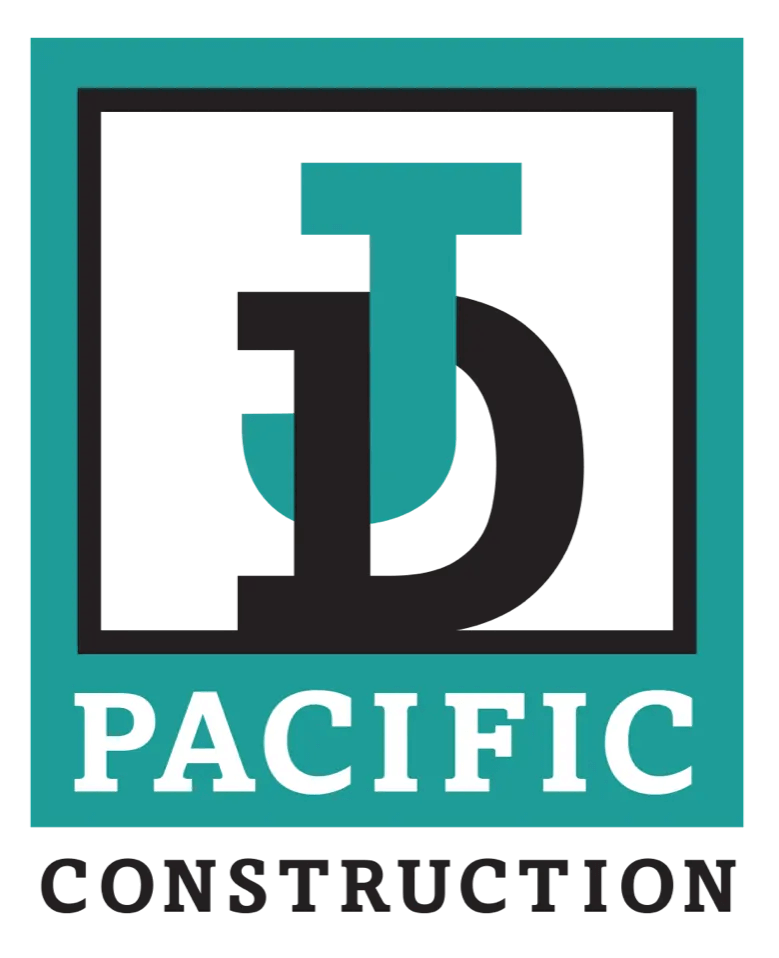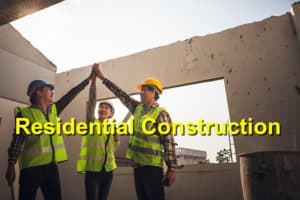The commercial construction industry is evolving rapidly, driven by technological advancements, environmental concerns, and the need for efficiency. These trends are reshaping how buildings are designed, constructed, and managed. Here are some of the top trends currently influencing commercial construction.
1. Sustainability and Green Building
Sustainability has become a cornerstone of modern commercial construction. The demand for eco-friendly buildings is growing as companies aim to reduce their carbon footprint and comply with environmental regulations. The use of sustainable materials, energy-efficient systems, and green certifications like LEED (Leadership in Energy and Environmental Design) is becoming standard practice. Innovations such as green roofs, solar panels, and rainwater harvesting systems are being integrated into commercial projects to enhance environmental performance.
2. Modular and Prefabricated Construction
Modular and prefabricated construction techniques are gaining traction due to their cost-efficiency and speed. These methods involve constructing building components off-site in a controlled environment and then assembling them on-site. This approach minimizes waste, reduces construction time, and enhances quality control. Modular construction is particularly popular for commercial projects like hotels, offices, and retail spaces, where rapid deployment is crucial.
3. Smart Buildings and IoT Integration
The integration of smart technology and the Internet of Things (IoT) is transforming commercial buildings into intelligent environments. Smart buildings use connected devices and sensors to monitor and manage various systems, including lighting, HVAC, and security. This technology enhances energy efficiency, reduces operational costs, and improves occupant comfort. Additionally, data collected from these systems can provide valuable insights for optimizing building performance and maintenance.
4. Advanced Building Materials
Innovations in building materials are driving improvements in commercial construction. High-performance concrete, self-healing materials, and engineered timber are just a few examples of advanced materials enhancing durability, sustainability, and aesthetics. These materials often offer superior strength, flexibility, and resistance to environmental stressors, making them ideal for modern commercial applications.
5. Building Information Modeling (BIM)
Building Information Modeling (BIM) is revolutionizing the way commercial construction projects are planned and executed. BIM is a digital representation of a building’s physical and functional characteristics, allowing for detailed visualization, simulation, and collaboration among stakeholders. This technology improves accuracy in design, facilitates clash detection, and streamlines the construction process, ultimately reducing costs and project timelines.
6. Focus on Health and Wellness
The design of commercial spaces is increasingly prioritizing health and wellness. Post-pandemic, there is a heightened awareness of indoor air quality, natural lighting, and ergonomic design. Features such as advanced air filtration systems, ample green spaces, and wellness amenities are becoming integral parts of commercial buildings. These elements not only enhance the well-being of occupants but also boost productivity and satisfaction.
7. Resilient and Adaptive Design
With climate change and natural disasters becoming more prevalent, resilient and adaptive design is crucial in commercial construction. Buildings are being designed to withstand extreme weather events, earthquakes, and other hazards. This includes incorporating flood defenses, seismic reinforcements, and flexible structures that can adapt to changing environmental conditions. Such resilient designs ensure the longevity and safety of commercial properties.
Conclusion
The commercial construction industry is at the forefront of innovation, driven by a commitment to sustainability, technology, and resilience. By embracing these top trends, developers and builders can create commercial spaces that are efficient, smart, and adaptable to future challenges. As these trends continue to evolve, they will shape the landscape of commercial construction, setting new standards for the industry and contributing to a more sustainable and connected built environment.
References: SurePods, Rhea + Kaiser




